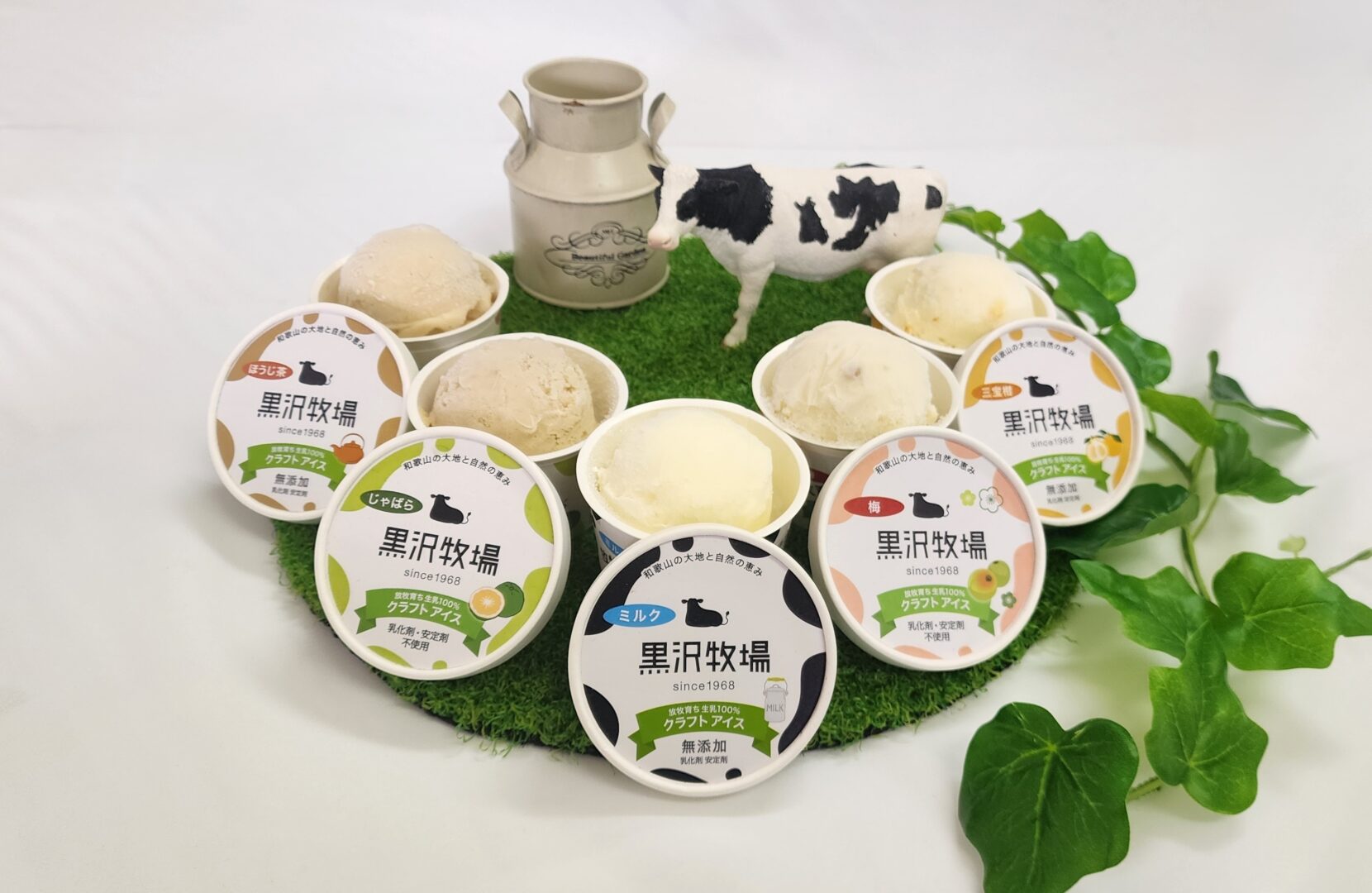
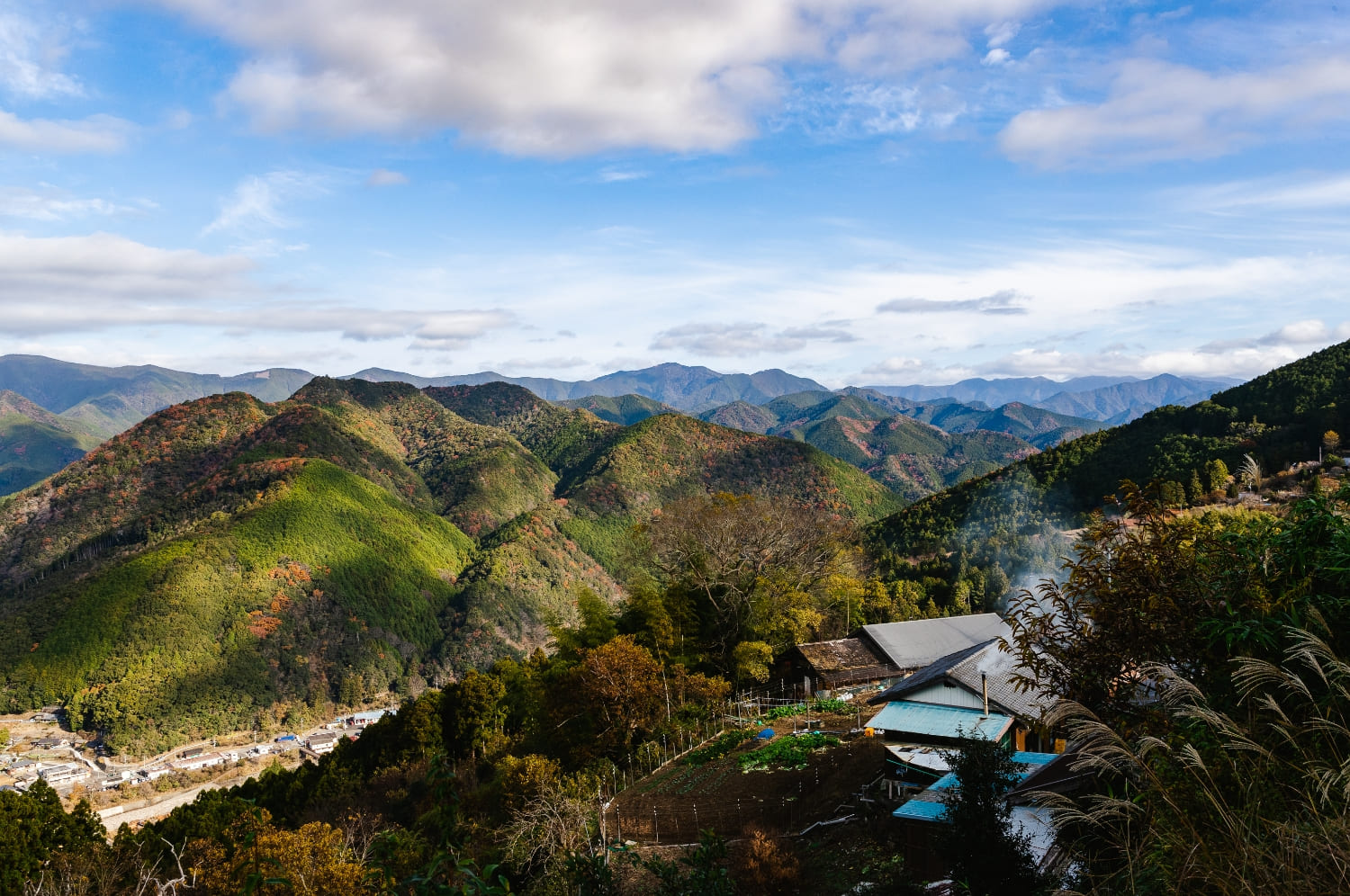
What clothes, shoes, and gear do you need for the Kumano Kodo? A seasonal guide to staying safe on the trail
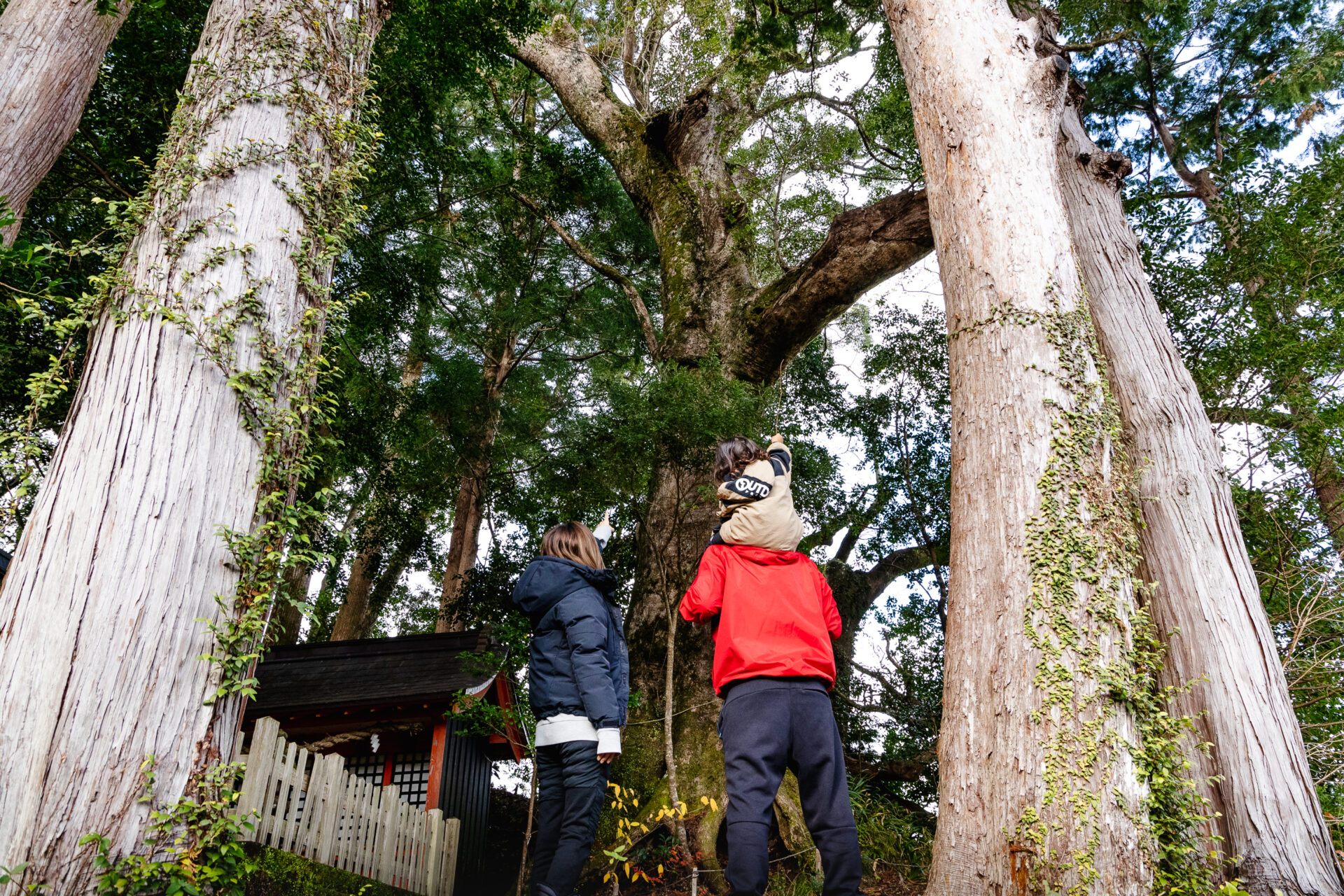
Are you wondering what kind of gear you need for trekking the Kumano Kodo, a UNESCO World Heritage site in Wakayama Prefecture?
Questions like “What clothes and shoes should I wear?” “Do I need trekking poles?” “What kind of backpack works best?” are common for first-time visitors.
In this article, we’ll introduce the clothes, shoes, and essential items that are perfect for walking the Kumano Kodo. We’ll also highlight some “good-to-have” items that make the journey safer and more enjoyable—especially for beginners.
Since the necessary gear varies depending on the season and the difficulty of the course, we’ll break down the recommendations by season and by trail type. Use this guide to prepare with confidence.
https://sen-retreat.com/journal/05/
Recommended clothing for hiking the Kumano Kodo
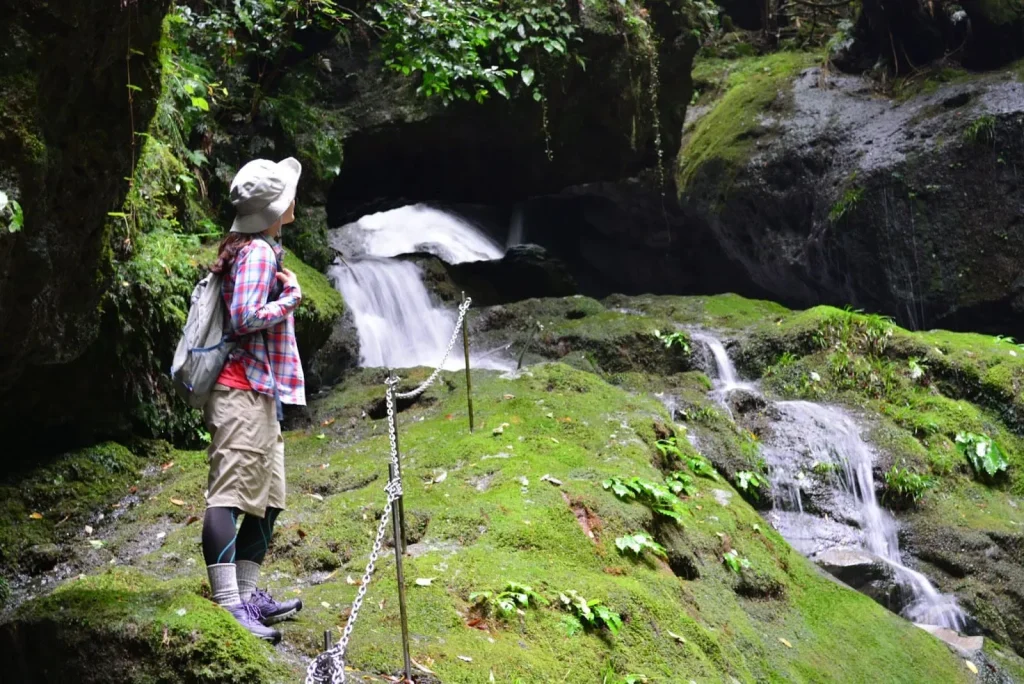
The Kumano Kodo offers a variety of trails, from gentle paths to steep and challenging routes. No matter which course you choose, it’s best to dress in proper trekking gear.
Even in summer, long sleeves and long pants are recommended. They not only protect you from scratches and injuries but also help keep insects away.
Spring to Summer (April–September)
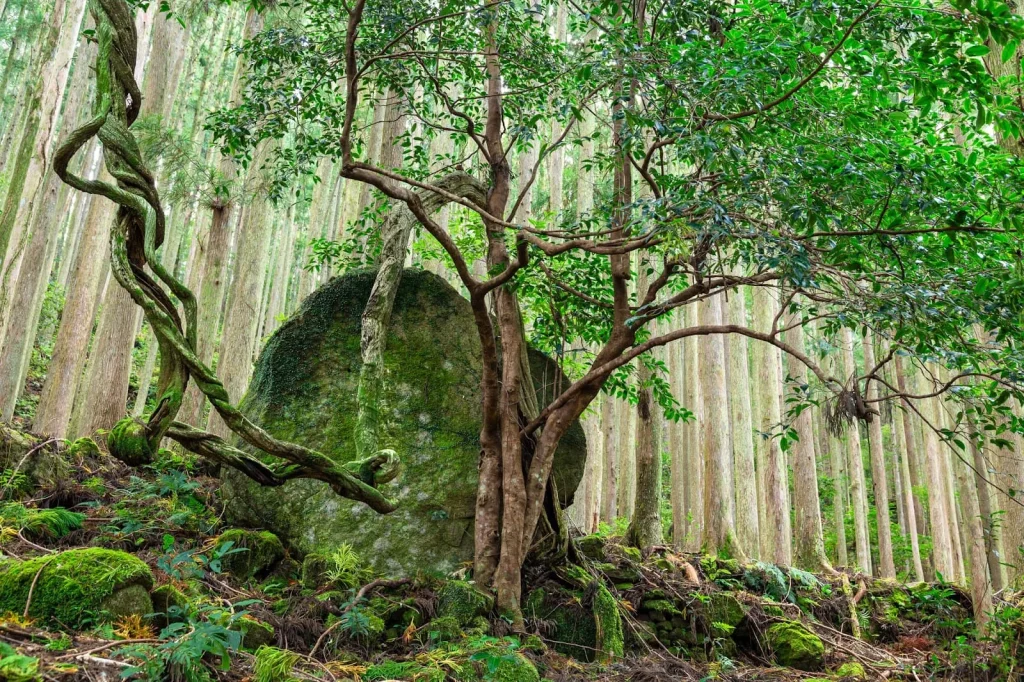
Long-sleeved shirt
Choose quick-drying, moisture-wicking fabric. Avoid cotton, as it holds sweat.
Long pants
Lightweight and stretchy materials that allow easy movement are best.
Rainwear
A two-piece set (jacket and pants) is recommended. A rain jacket or windbreaker works well, and a poncho that covers your backpack is also convenient.
Hat
For sun protection and safety. A wide-brimmed hat is ideal.
Base layer (inner wear)
Quick-drying synthetic fabrics such as polyester or polyurethane. Bring a spare to change into after sweating. Avoid cotton.
Socks
Thick, durable socks that fully cover your ankles.
Autumn–Winter (October–March)
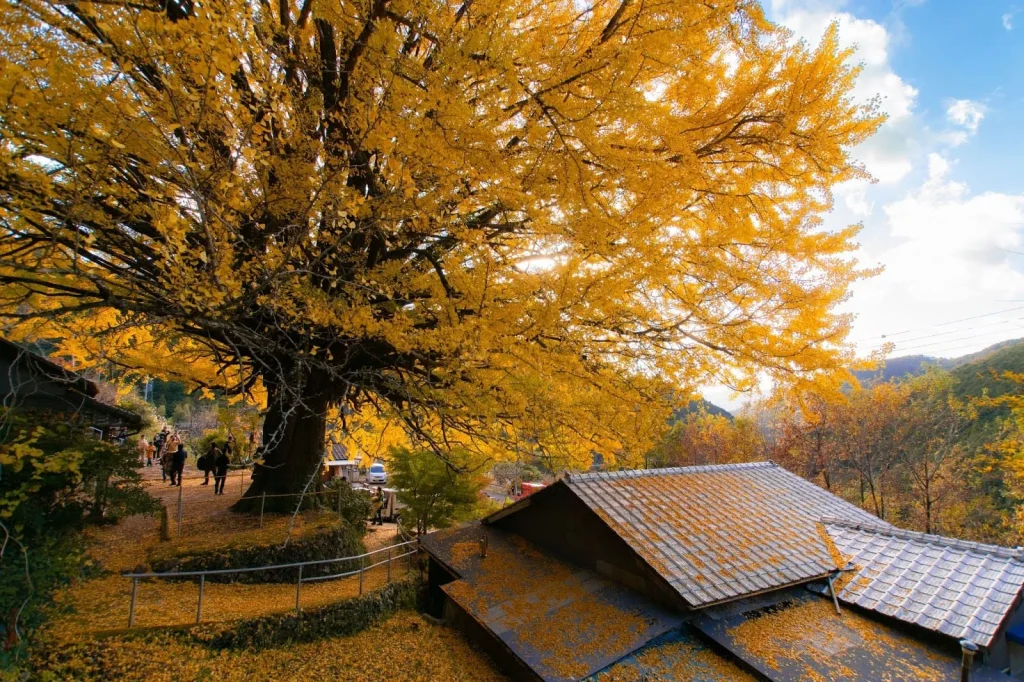
If you plan to walk the Kumano Kodo during the colder months, be sure to add the following gear on top of your spring and summer essentials:
- Warm clothing
A fleece or light down jacket is ideal. In some cases, a single autumn/winter hiking shirt may be enough. - Trekking pants & inner pants
Choose lined versions, such as fleece or wool. Wearing inner pants under long trousers will keep you much warmer. - Neck warmer
Keeping your neck warm makes a big difference in retaining body heat. - Gloves
Useful not only for keeping your hands warm but also for preventing injuries.
What Shoes Should You Wear on the Kumano Kodo? A Guide to Choosing the Right Footwear
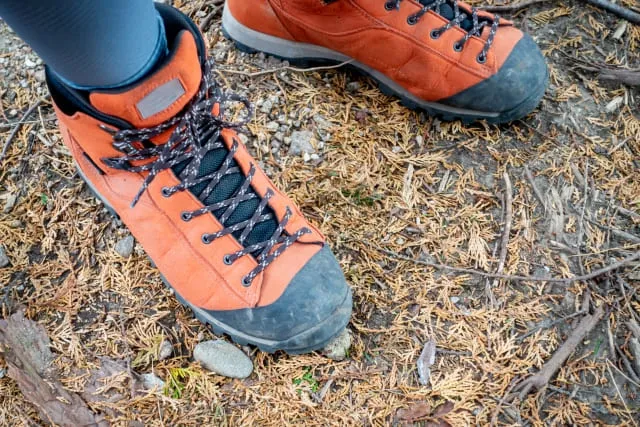
Next, let’s look at how to choose the right shoes. What kind of footwear will help you walk the Kumano Kodo safely?
Many sections of the trail are covered in moss. While beautiful, these paths can be very slippery and dangerous. In the past, travelers even risked their lives to walk the Kumano Kodo, so don’t take it lightly—be sure to come well-prepared.
How to Choose the Right Shoes
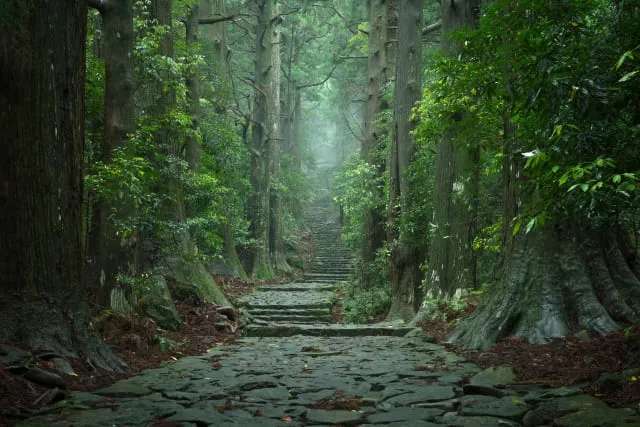
The Kumano Kodo features a wide variety of terrain, including mossy mountain trails, stone steps, paved roads, and even sandy beaches. The most suitable footwear for all of these conditions is a pair of trekking shoes. Be careful not to confuse them with heavy-duty mountaineering boots—their thick soles can actually make walking more difficult.
The main differences between trekking shoes and ordinary sneakers are the stiffness of the sole and the ankle support. Trekking shoes have firm soles that provide stability on the Kumano Kodo’s uneven surfaces, and they also help reduce fatigue.
For beginners, high-cut shoes are especially recommended. They give extra ankle support and help protect you from sprains.
When buying new shoes, always try them on in-store to make sure they fit your feet properly. Wear the same socks you plan to use while trekking, measure your feet carefully, and choose a pair with about 1.5 cm of space at the toes. Break them in by wearing them a few times before your trip—an injury or blister on the trail can quickly spoil the experience.
Here are some recommended shoes for walking the Kumano Kodo:
- Mont-Bell Gore-Tex (mid-cut)
- Caravan Trekking Shoes
- Keen Targhee 3 Mid
Kumano Kodo Packing List: What to Bring for a Safe Trek
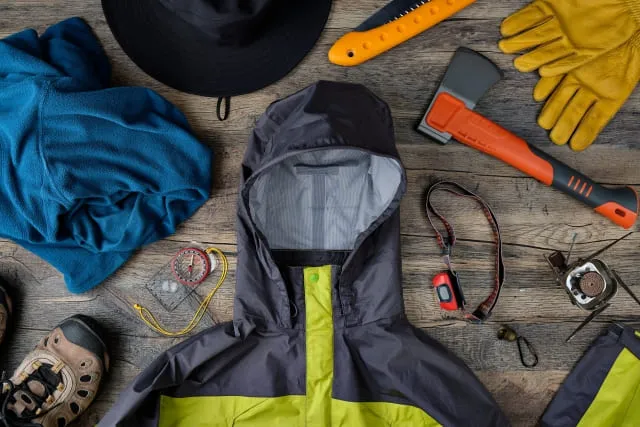
Now, let’s look at what kind of bag works best for the Kumano Kodo—and what you should put in it.
First up: the must-have essentials!
Essentials
Backpack
A 15–25 liter backpack is ideal. If you’re staying more than two nights, choose a slightly larger one. Avoid shoulder bags, as they put too much strain on one side of the body.
Drinks
There are no vending machines along the trail, so bring your own. In summer, sports drinks that replenish salt and minerals are especially recommended.
Lunch
If your hike goes through lunchtime, pack a meal. Some inns provide lunch, so check in advance.
Towel
For wiping away sweat. This helps prevent your body from cooling too quickly.
Map
Some parts of the Kumano Kodo have few signposts and can be confusing. Many areas also lack mobile phone coverage, so don’t rely on your smartphone alone—bring a physical map.
Plastic bags
Useful for carrying trash or storing a change of clothes. Especially handy on rainy days.
Useful Items to Bring
- Trekking pole
Especially helpful if you’re not confident in your stamina or if you plan to tackle a difficult course. It helps reduce fatigue. - Snacks
Not necessary for short hikes, but for longer treks it’s good to bring something easy to eat, like candy or chocolate, for quick energy. - Portable battery
Since there are many areas without signal, your phone battery tends to drain faster than usual. A spare battery pack is very useful. - Insect repellent spray
Particularly important in summer. - Flashlight
Handy if you’re still on the trail after sunset. - Ground sheet (picnic mat)
Useful for sitting down during breaks so you don’t get wet, even when the ground is damp. - Bear bell
Especially recommended when walking along mountain routes, as the sound helps keep wildlife away.
Kumano Kodo Safety Tips: What to Keep in Mind on the Trail
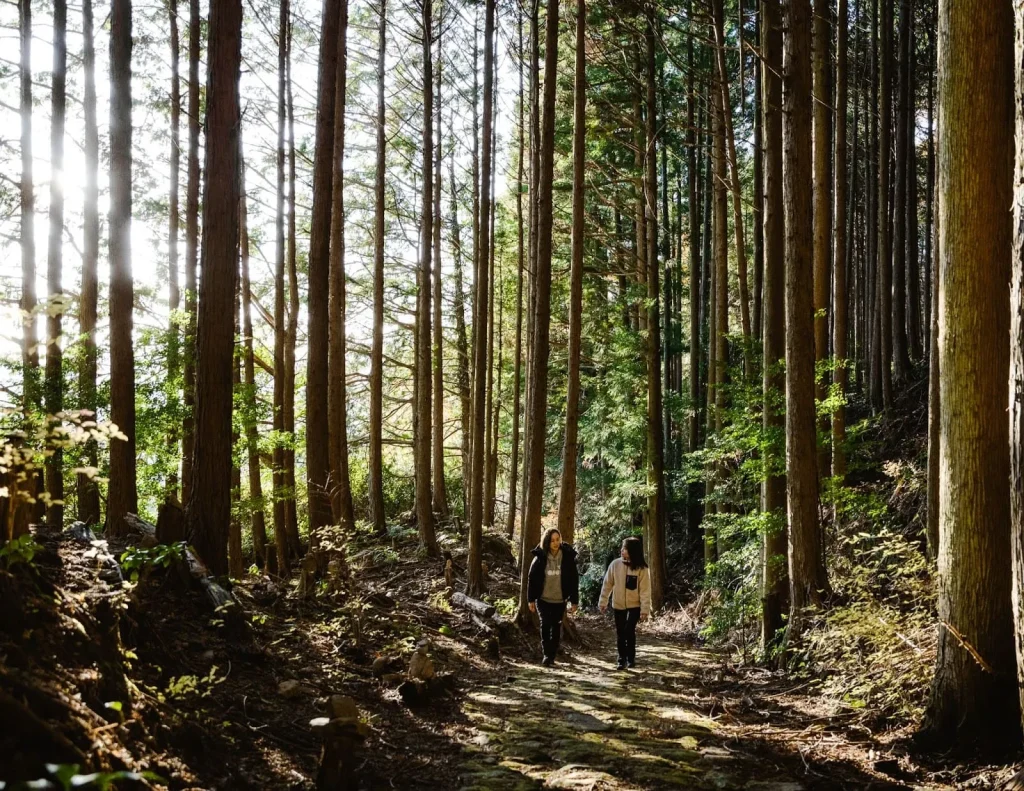
Before starting your journey on the Kumano Kodo, keep these key tips in mind. They’ll help you stay safe and also preserve this beautiful World Heritage trail for future visitors.
Help Preserve the Kumano Kodo for Future Generations
The Kumano Kodo was designated a World Heritage Site for preserving its original appearance. To help protect its landscape for the future, please follow these rules:
- Do not pick plants or flowers
- Take all your trash with you
- Do not feed the animals
- No fires
- Stay on the marked trails
Wildlife to Watch Out For
The Kumano Kodo is full of natural beauty, and of course, home to many insects and wild animals. To reduce the chance of encountering them, stay on the trail, avoid entering the forest unnecessarily, and try not to expose bare skin—even in hot weather.
Be especially cautious of the following creatures: pit vipers, centipedes, wasps, deer, bears, ticks, and leeches. If you do encounter one, stay calm and avoid sudden movements or loud noises.
Choose a Course That Matches Your Fitness Level
Before visiting the Kumano Kodo, make sure you’re in good health and don’t forget to warm up before you start walking.
The Kumano Kodo offers a variety of trails, from short routes to long and demanding ones. For beginners, we recommend choosing a course with no more than 3 hours of walking per day and an elevation gain of up to 300 meters per hour.
Even if you’ve walked the trail before, don’t underestimate it. Always plan a schedule with plenty of time to spare.
For suggested beginner-friendly trekking routes, please refer to the article below.
Seasonal Course Selection
Many people assume the Kumano Kodo is cool in summer because it runs through the mountains, but in reality, the weather can be very hot. If you plan to visit during summer vacation, choose a shorter route with minimal elevation changes, and make good use of public transportation. Be sure to take precautions against heatstroke.
From December to March, it’s best to avoid the colder mountain routes. Since the sun sets early in winter, plan your schedule so you can arrive at your inn by late afternoon.
The best seasons to walk the Kumano Kodo are spring and autumn, when the weather is mild. Visiting in April–May or around October is highly recommended.
For more guidance on choosing the right route, please refer to the article below.
Kumano Kodo Packing List: Clothes, Gear & Essentials
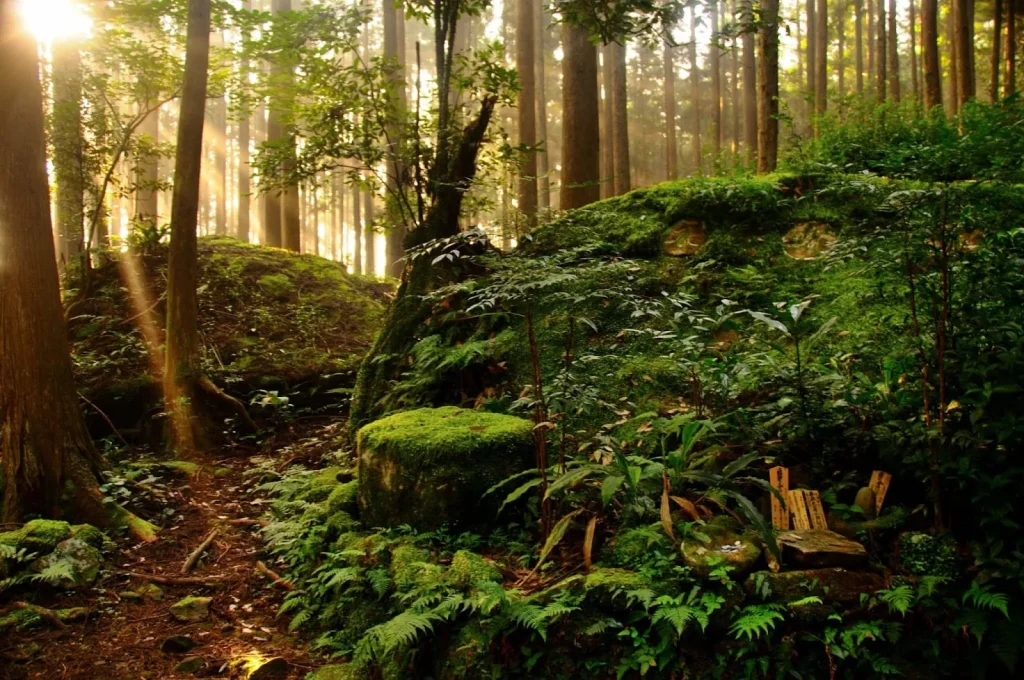
In this article, we’ve introduced the recommended clothing, shoes, and gear for walking the Kumano Kodo. For first-time visitors especially, being well-prepared will help you enjoy the trek with peace of mind.
If you’re concerned about costs, make shoes your top priority—investing in good footwear is essential. Clothing can often be substituted with sportswear you already own.
Remember, being unprepared can lead to issues such as catching a chill from cooled sweat or getting injured from exposed skin. Equip yourself properly, and you’ll be able to enjoy trekking the Kumano Kodo safely and comfortably.
